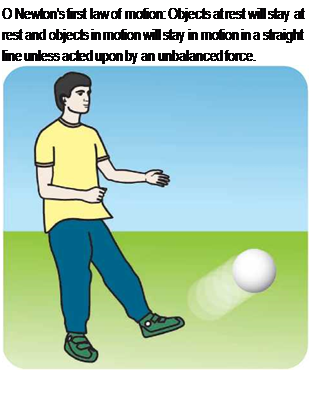Bombers in the Modern Age
In the late 1940s and early 1950s, air forces switched from propeller-driven bombers to jet bombers, such as the U. S. B-47 and British Canberra (built in the United States as the B-57). Both the

![]()

United States and the Soviet Union built fleets of very large strategic bombers, designed to carry atomic bombs as well as conventional high explosive bombs. The U. S. Air Force, now a separate arm of the military, set up Strategic Air Command (SAC) in 1946. By 1953, SAC had over 1,000 aircraft. These included the B-36, a giant with six propellers and four jet engines that gave it a speed of 439 miles per hour (706 kilometers per hour).
During the Cold War of the 1940s to the 1980s, Soviet and Western air forces competed in an arms race to build better, faster, and harder-to-catch bombers. Interesting planes from this era include the British Avro Vulcan— a large delta-wing airplane—and the Soviet Tu-95 Bwar, which was the last big bomber with propellers. Some people argued that the age of the bomber was over and that guided missiles were the weapons of the future. Jet bombers flew twice as high and twice as fast as bombers in World War II, but they were still vulnerable to missiles—so why risk pilots’ lives when unmanned missiles could be used instead of bombers?
The success of the B-52 proved that the bomber was still a powerful weapon. Originally planned as a turboprop bomber in 1948, the B-52 was fitted with jet engines. More than fifty years after it first
|
flew, it is still in service. In the Vietnam War, B-52s were used alongside smaller, faster airplanes such as the F-4 Phantom and the F-105 Thunderchief, which were able to carry a combination of bombs and missiles.
Building bombers is an expensive business, and many promising designs never get beyond a prototype. The deltawing B-58 Hustler of 1960 was the first supersonic bomber, but only 116 of them
were built. Even fewer XB-70s were manufactured. First flown in 1964, and able to fly at three times the speed of sound, the XB-70 was canceled before it even got into production. It is unlikely any more big bombers will be built. The need in the twenty-first century is for multi-purpose airplanes that can perform a variety of tasks-dropping bombs is just one of them.
Ґ
SEE ALSO:
• Aircraft, Military • Airship
• Mitchell, Billy • World War I
• World War II
_____________________________________________ /












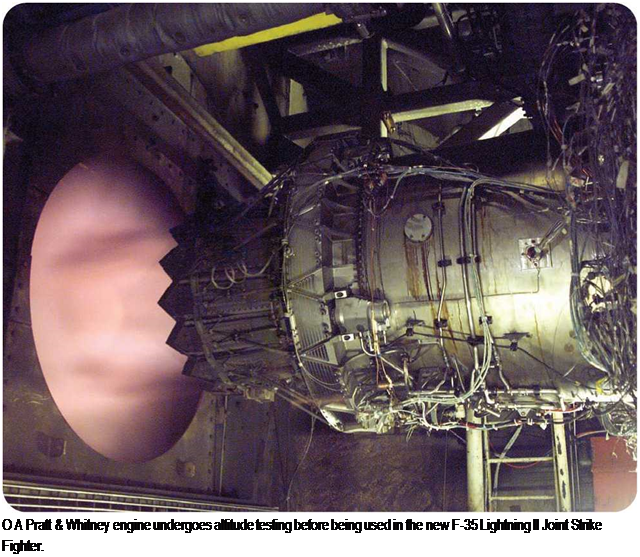

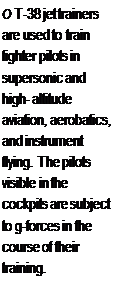
 After ten delays, Glenn finally entered his Friendship 7 space capsule on February 20, 1962. At 10 A. M., the Atlas rocket began to fire and lifted the spacecraft into the air. “We’re under way,” said Glenn.
After ten delays, Glenn finally entered his Friendship 7 space capsule on February 20, 1962. At 10 A. M., the Atlas rocket began to fire and lifted the spacecraft into the air. “We’re under way,” said Glenn.
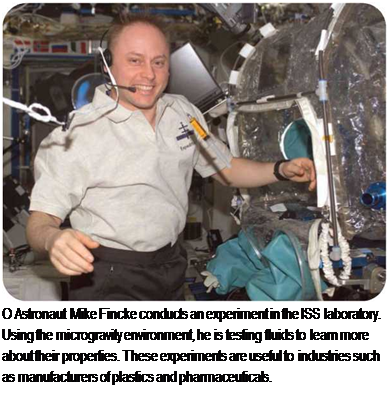 О The crew of ISS Expedition Three included two Russians and an American who spent 128 days in 2001 manning the space station.
О The crew of ISS Expedition Three included two Russians and an American who spent 128 days in 2001 manning the space station.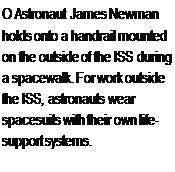
 SPACE GOLF
SPACE GOLF